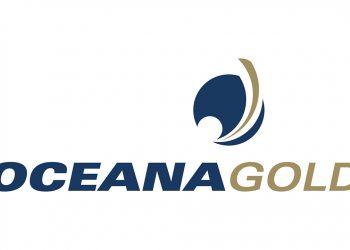The Philippines is expected to see an increase in its steel consumption, five to six percent rise equivalent to 11.1 million tons as the country’s economic growth endures and the government infrastructure projects retain demand.
Year-to-year increase in steel consumption is apparent since 2017 with two-percent rise attributed to high prices then nine percent in 2018 or 10.5 million tons.
Last year’s remarkable increase is attributed to public and private construction projects, according to Roberto M. Cola, president of the Philippine Iron and Steel Institute.
President Rodrigo Duterte’s “Build, Build, Build” program is said to support the domestic demand of steel for planned construction of more roads, bridges, railways, airports, and upgrade of existing infrastructure.
Cola, who is also vice-president of one of the Philippines’ top steelmakers Steel Asia Manufacturing Corp., said steel demand “will track GDP growth.” In fact, the government is targeting 6-7% gross domestic product growth this year.
To answer the country’s demand of steel, it imports about 70 percent of its steel with half of it coming from China which is the world top steel producer and exporter.
Philippines’ 66.9-million ton imported steel from China accounted to seven percent of the latter’s total steel exports. US Department of Commerce data reveals that about a third of China’s steel exports end up in countries in Southeast Asia.
This dependence on steel imports can be eliminated if production begins at the Philippines’ first integrated steel complex which is $ 4.4 billion project by China’s second-biggest steelmaker, HBIS Group, and three other parties including Steel Asia.
Chinese government seeks to reduce the country’s steelmaking overcapacity resulting to HBIS, based in China’s biggest steel province of Hebei, search of overseas opportunities to boost production.
The steel complex in the Southern Philippines has a projected capacity of eight million tons per year. However, it is still under feasibility studies with no definite timeline of completion identified yet.
Meanwhile, the Philippines has seen an influx of induction furnaces as its demand for steel has risen. The practice that was banned in China but made their way to parts of Southeast Asia, is hitting domestic steelmakers and fueling safety and environmental concerns.
“That is half of the market. I don’t know if the government is still monitoring them,” Cola said in a BusinessWorld report, referring to substandard steel products produced by such equipment in the Philippines.














